Fun Easy Science Fair Projects for 6th Graders
Want to see your students' willingness to dig into science without realizing they are studying? Put all science lessons into the school SCIENCE FAIR and let your students get wow with their own investigation in action. Check out for these fabulous ideas and get ready for being amazed by your little scientific geniuses.
1. Carbon Sugar Snake Experiment
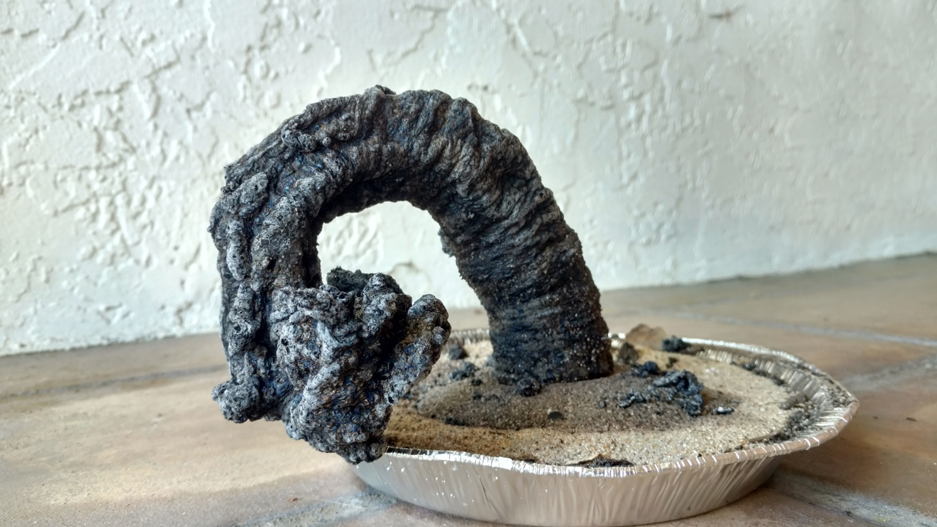
Who won't get excited by a 'hand-made' giant carbon sugar snake? This science experiment shows how a carbon snake is born by burning a mixture of baking soda and sugar. You'll probably consider bringing this outdoor, but the result would definitely worth a try.
Learn more: KiwiCo
2. Irons in breakfast cereals

Do you know that all extracted iron from your body can make two small nails? Let your students investigate this through a hands-on science with cereals to find out the amount of food-grade iron in their favorite breakfast. For a cooler school science project idea? Go for more brands of cereals to see the difference.
Learn more: Steve Spangler Science
3. Transform Milk into Plastic
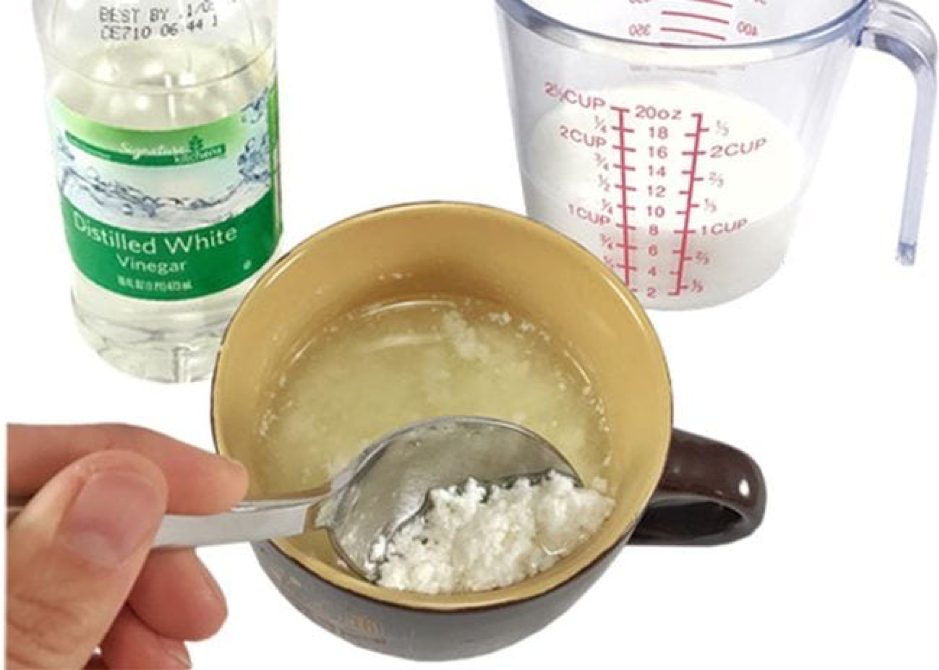
How can my daily drinking milk become plastic?. This activity teaches students the concept of plastic polymerization from natural resources such as milk and more.
Learn more: Science Buddies
4. The Competition of Skateboarding Wheels
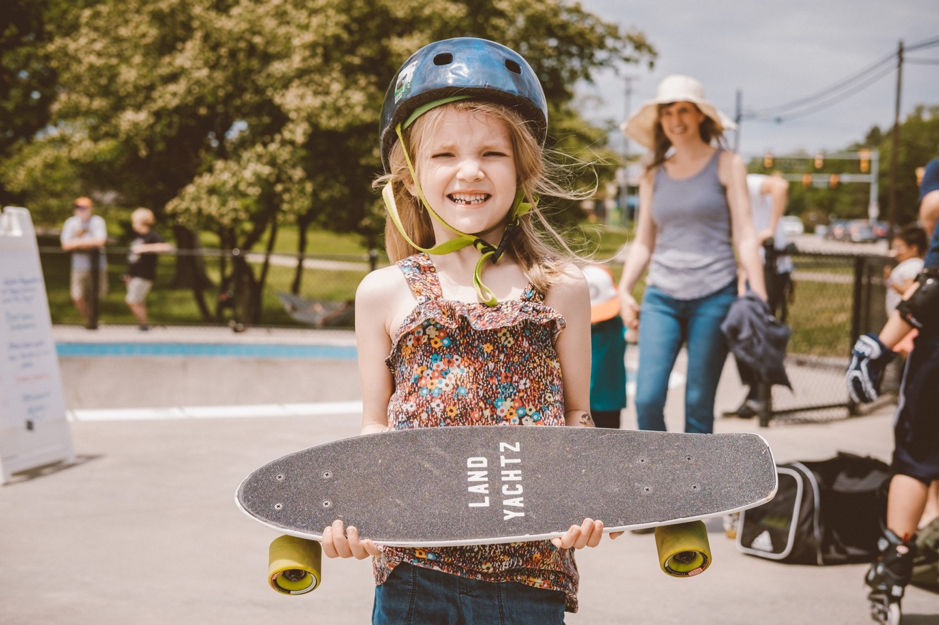
Going to the school science fair as a skateboard fan? Why not? Bring on this research and inspect the material/ tensile strength of various types of skateboard wheels to see how they affect the rebound.
Learn more: Education.com
5. Powered Boat by Baking Soda

We all remember the classic science experiment of baking soda volcanoes. Let's level up the same science reaction with this fun racing boat activity and let the students to fuel-their-ways to win.
Learn more: KiwiCo
6. Create Two-Stage Balloon Rocket

Want an extension on the previous Baking Soda - Powered boat experience? The science fair would glow up by the experiment of Two-Stage Balloon Rocket. The same principle used in the Racing Boat that you can teach your students about the laws of motion used by airplane jet engines and even by … the rocket!
Learn more: Science Buddies
7. The Sponge Gummy Bears

The secret of gelatin will make your favorite gummy bears transform even bigger in different solutions. An incredible food science project to learn about molecules and have FUN! The only rule: don't eat your lab tools!
Learn more: Steve Spangler Science
8. Motorized Tiny Characters

Rather than dancing by music, your sixth-grade students would love these DIY motorized characters who dance from the simplest source of energy - a homopolar motor. The example is making tiny dancers, but who knows, what else your creative constructors would create?
Babble Dabble Do
9. Magic Spinning Pens

A basic experience requires many science skills from the investigation, trial, research, and more to balance the pen by magnetism. Sounds easy? Your students would need lots of adjustment in magnet size to get their solution for a perfect balance.
Learn more: Frugal Fun For Boys and Girl
10. Create a WiggleBot

Introduce your student to this first 'robot'. The materials used are easy to find and efficient to create a tiny mini creature who can draw (and let your kids wonder what's next?). Students also get a hint on power, electrical energy, and its sources.
Learn more: Research Parent
11. Build an Electro-Magnetic Train

What needs to adjust in the energy source if we modify the wire length so that our train runs smooth? This hypothesis would be a great start to provoke your little minds' curiosity.
Learn more: Frugal Fun for Boys and Girls
12. Greeting by Your Handmade Card Circuits

Festive cards are everyone's favorite. Guide your students to make these circuits and embed them into their greeting cards. Variables to test the flow of electricity like wood or rubber can be a great deal for digging into deep research.
Learn more: Kiwi Co
13. A Solar-Powered Robot Grasshopper

A scary robot grasshopper that vibrates when it's placed near any light (solar energy). WHAT?!? Record the grasshopper's level of movement under different amounts of light and solar power to let your students find out how it works.
Learn more: Science Buddies
14. Camera Obscura by Recycled Cans

The handmade camera will become your sixth-grade science students' buddies in exploring the fundamental principles of how a camera works. What a fabulous pitch for the school science fair!
Learn more: Babble Dabble Do
15. Heat Sensitive Color Changing Experience

Mood rings or lipsticks that are color changeable definitely amazed the students. Teachers can introduce the color-changing element (thermochromic pigment) with an example of slime and let your students research together about it.
Learn more: Left Brain Craft Brain
16. Make your own Crystal Landscapes

Let the kids extend their middle school science experiments into mind-blowing fair projects. This spectacular crystal landscape is an example.
Learn more: Babble Dabble Do
P/S: You might find it easy to adjust the ingredients with Epsom Salt when purchasing in the US. Check this similar experience: https://babbledabbledo.com/science-for-kids-crystal-garden/
17. Roots Grow Versus Gravity Experiment

Gravity keeps our bodies stand still on the ground. But will gravity also affect plants' growth on the earth?
Learn more: Science Buddies
18. Seafloor Spreading and the Earthquakes

What happens when the seafloor spreads? Let's bring all the science concepts of convergent and divergent boundaries from under the ocean to the lab table.
See education.com explains further this model as a cooking method.
19. How Plants Help Prevent Tsunami Impact
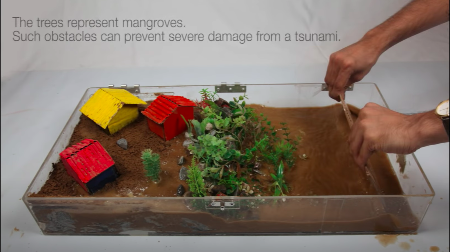
We know how destructive force a tsunami can be. We're also encouraged that planting trees would help to prevent natural disasters. But how? Check out the science behind tsunamis and method to limit tsunami impacts.
Learn more from the science videos of Saferworldcomm and Science Buddies
20. How Acidic Water 'Eats' Rocks

Can rocks be dissolved in a liquid-like sugar in coffee or tea? In this geology science experience, students will use the scientific method to investigate how rocks are being 'eaten' by a wide range of acidic water (vinegar) concentrations.
Learn more: Science Buddies
21. Cutting Ice Cube by Wire

Yes, ice is hard. But do your middle school students know that they can cut through an ice cube with just a piece of wire and weights? Find out the method with your students and learn more about the regelation of water physics.
Learn more: Kiwi Co
22. Growing Bateria

Students find samples around the house or school to reveal the hidden bacteria and their density in each place. This activity only contains limited materials but will prove that 'Wash your hands with soap' is not just a myth.
Learn more: Steve Spangler Science
23. Heart pump model
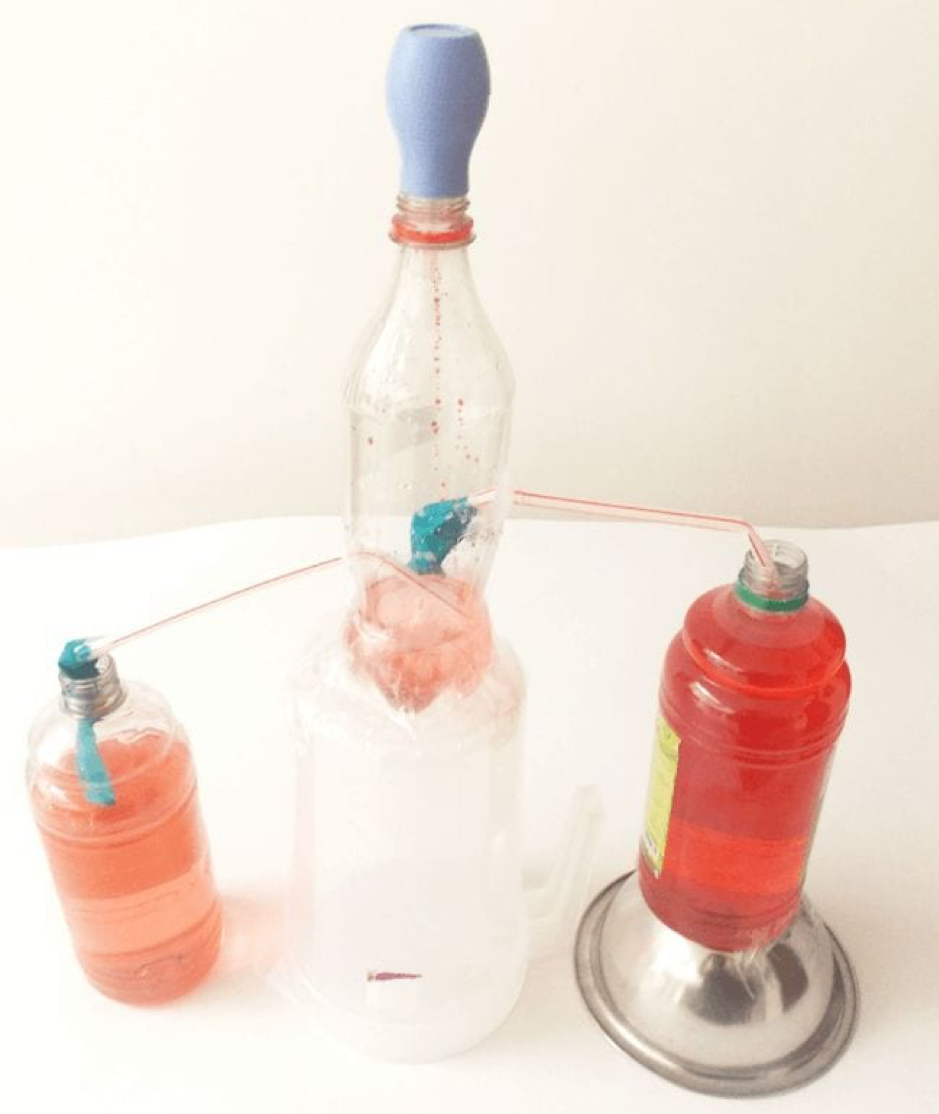
Students would construct a human heart ventricle model to explore the cardiovascular system by different types of material.
Learn more: Tina's Dynamic Home School Plus
24. Building a Stick Bridge

Look at bridges around and discover with your students about their designs. Challenges kids' engineering skills to find out which model's condition is the safest and can stand the most weight.
Learn more: Scholastic
25. Building Stable Frameworks for Earthquakes

This time, safe frameworks used in buildings and construction are being experimented with. Students will identify which science demo frameworks are stable enough under forces (earthquakes).
Learn more: Science Love to Know
26. Forming Magic Cloud

Easy 6th grade science project that brings on clouds to the fair. Want extra experiments? Try twisting the cap back, re-pressurizing the bottle, and see what happens to the cloud.
Learn more: Kiwi Co
27. Designing Biodomes

An engineering project to create a scale model biodome, where students can observe the reaction in ecosystems, environments, food chains, and energy flow. The series of experiments scaffold the learners' understanding of plants and animals' basic needs, decomposition, and the interdependence of an ecosystem.
Learn more: Teach Engineering
28. The Archimedes Squeeze

In this hydrodynamic project, students will make their spherical aluminum foil 'boats' to test Archimedes's principle like the real engineers, who actually build ships of steel that can float by this principle. Do your students discover the idea? Eureka!
Learn more: Science Buddies
29. Cleaning coins

"You clean your clothes with water and soap, but how about cleaning coins?" Provoke your students' thinking by the question and challenge the experiment with different cleaning solutions.
Learn more: Gally Kids
30. Make Your Own PH Indicator from Leaf of Cabbage

Don't have an expensive pH tester? Let your middle school students make their own indicator solution with red cabbage juice and more.
Learn more: Compound Interest
31. Skittles Science Fair Project

Show off all the colors of the rainbow in this beautiful activity. Students always love playing with food, and this is certainly no exception. This is an effective way to help them learn about diffusion and balanced solutions.
Learn more: Kiwico
32. Tooth Decay Egg Experiment

We all know that lots of sugary drinks can damage our teeth, but which ones are the worst? Find out in this simple experiment! Your students will learn about tooth enamel and how food can damage it, using eggs to represent teeth. You can also teach them about pH and our body's natural pH balance.
Learn more: The Forsyth Institute
33. Lightning in Your Mouth
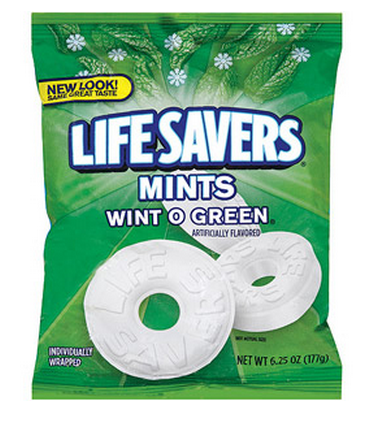
Bring the outdoors indoors with this cool experiment! All you'll need is a mirror, a dark room, and some wintergreen-flavored Life Savers to show off some amazing electrical power. Your students will learn about how lightning is conducted whilst snacking on a delicious treat!
Learn more: Exploratorium
34. Popping Candy

Another delicious treat, this time investigating why exactly popping candy pops. You'll only need a few household materials for this experiment, plus a sweet tooth! It's great for learning about pressure and its effect on gas.
Learn more: Science Sparks
35. Fruit Rot
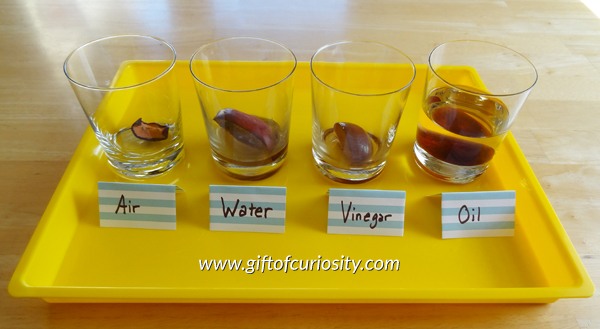
This is certainly a stinky experiment! Your students will test to see which fruit rots the quickest and will learn about the ripening process, too. You can try adjusting this experiment to test what substances are the best for preventing fruit rot. Just make sure they don't eat any of the fruit!
Learn more: Education.com
36. What Attracts Insects
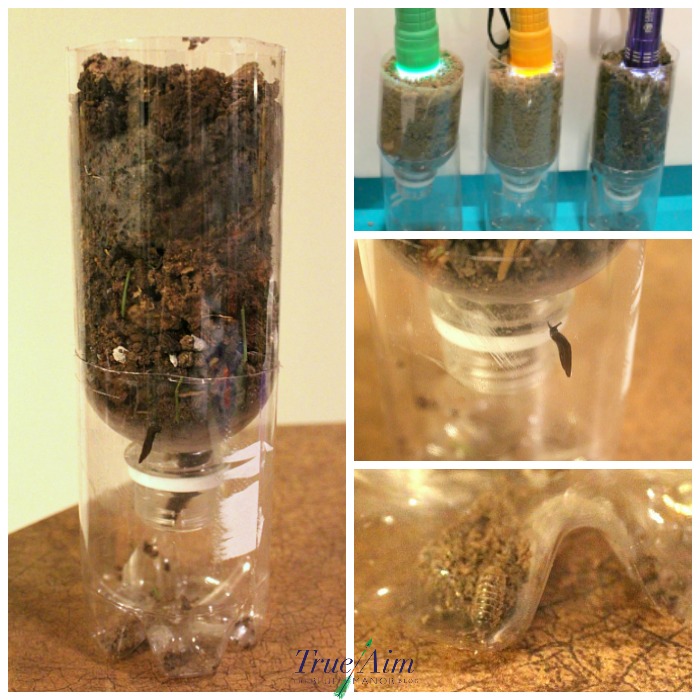
Have your students ever wondered about what exactly draws insects to particular things? Use this experiment to find out the answer! They'll discover what kind of heat and light works the best for attracting certain bugs, whilst learning more about the insect life cycle, too.
Learn more: Science Projects
37. Paper Towel Experiment

Which paper towel is the best for absorbing liquid? Find out in this simple experiment. It's relatively easy to set up and can be adjusted to make things more challenging by testing other factors as well.
Learn more: Explorable
38. Mini Marshmallow Launcher
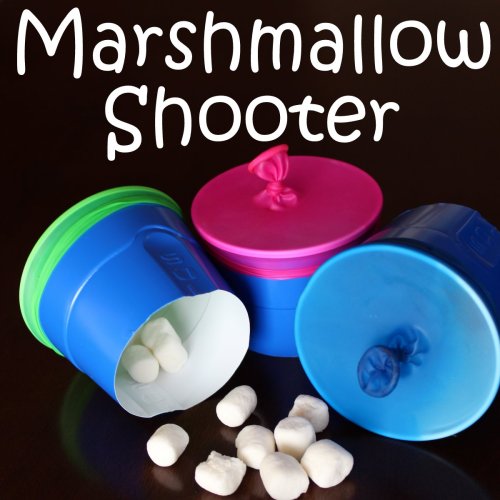
This is certainly a fun experiment to try! Using a pool noodle, balloon, and some other materials, your students will build their own contraption to launch some mini marshmallows. They can learn about elasticity and the qualities of a balloon.
Learn more: Science Fun
39. Paper Airplane

Discover the best design for a paper airplane by testing out different airplanes for their distance, accuracy, and flight time. You can find many examples of paper airplane designs online, and you can also challenge your students to create their own paper airplane designs.
Learn more: Science Fair Math
40. Simple Ant Experiment
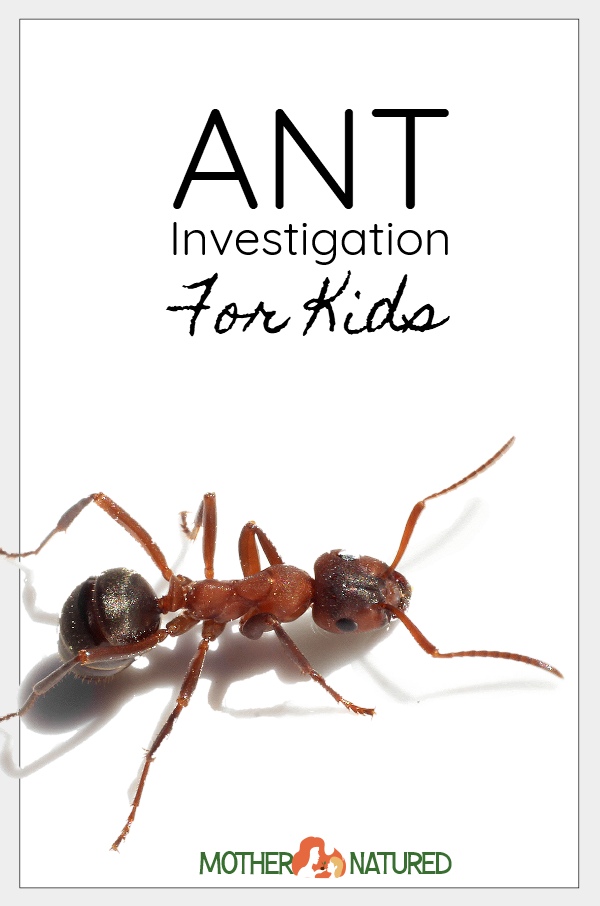
Ants are everywhere and your students are sure to have a bunch of questions about them, including the things that they prefer to eat. Try out this cool experiment to discover which foods ants prefer to eat from a selection. Just take care to not get bitten!
Learn more: Mother Natured
41. DIY Taleidoscope

A taleidoscope is just like a kaleidoscope, but without an end to it, meaning that it is perfect for exploring the world around you. Your student can try making their own taleidoscope to learn about mirrors and light reflection in a fun, engaging way.
Learn more: Babble Dabble Do
42. Walking on Eggs

You'll definitely want to do this one outside! By learning to stand in a way that distributes your weight evenly, your students will be able to walk across these eggs without breaking them. It's an effective way for learning about weight distribution and the amazing properties of eggs.
Learn more: Steve Spangler Science
43. St Patrick's Day Fizzing Pot
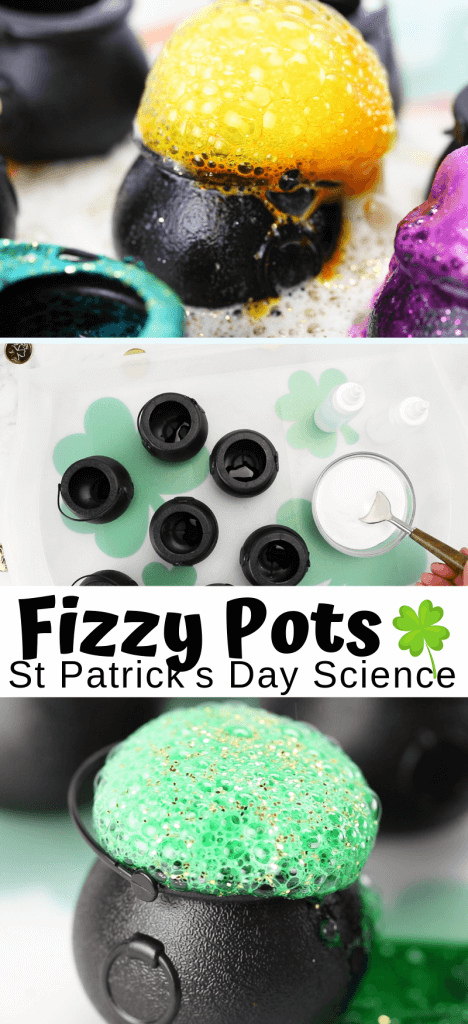
This experiment is a unique take on the classic volcano experiment, but with a twist! Your students will learn about chemical reactions and learn to make predictions about the experiment.
Learn more: Little Bins for Little Hands
44. Seed Germinator

Find out about the cool properties of a seed and how they germinate as part of this engaging experiment. Your students will be able to witness for themselves how seeds turn into seedlings.
Learn more: Exploratorium
45. Naked Egg Experiment

By making their own "naked" eggs, students can learn about the process of osmosis and chemical reactions, particularly in terms of how eggs use chemistry to change their size.
Learn more: Steve Spangler Science
What is more fun than learning through hands-on STEM fair experiments? Share your thoughts and check out our website for more latest teaching tips and tricks.
46. String in Water
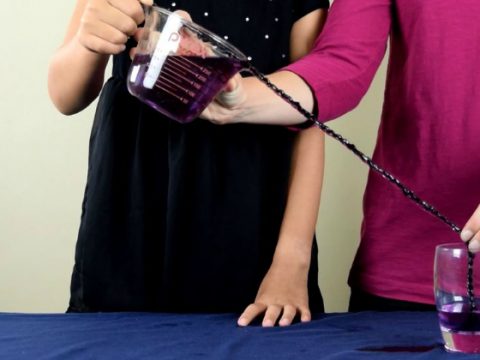
This fun experiment is so easy to try with a string, an empty clear container, and some water! Soak the string in water then hold it into the glass and see how the water moves down the string.
Learn more: Metro Family Magazine
47. Steady Hands

Create your own "Operation" game with a box and some wires. Be careful, you and your classmates might be in for a shock when they try to keep their hands steady.
Learn more: Left Brain Craft Brain
48. Water Color Chemistry

This experiment involves some chemicals so have an adult help you out. Grab some safety goggles, laundry starch, iodine, hydrogen peroxide, and vitamin C tablets to get your water changing and your eyes widening!
Learn more: Science Bob
49. Cell Phone Stand
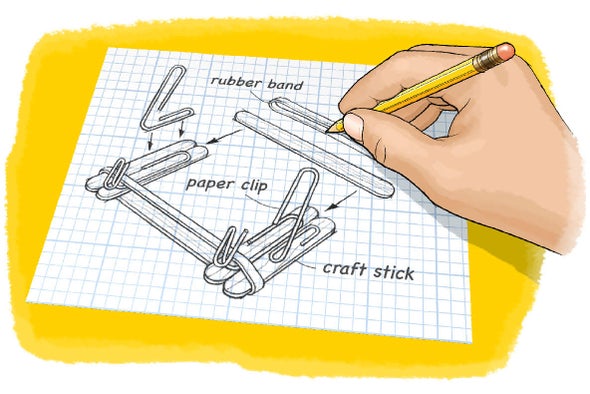
Make your own stand for holding your smartphone up for when you want to show someone a video or watch a movie with just a few materials. Grab some popsicle sticks and paper clips and get gluing!
Learn more: Science Buddies
50. Floating Ball Trick
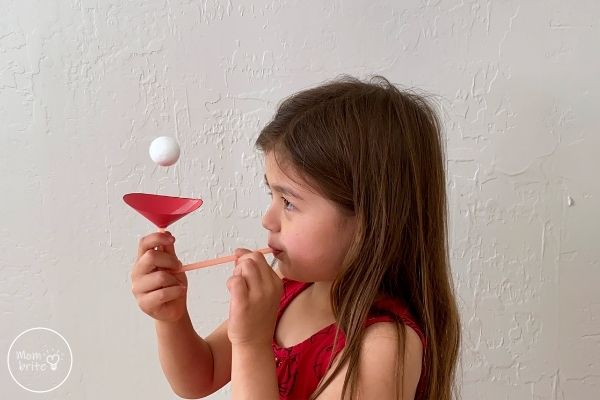
Using air and science you can make people believe you're making a ping pong ball float in mid-air! You'll need a plastic bottle or paper cone, a straw, and your breath to make the ball float, so cool!
Learn more: Steve Spangler Science
51. Fidgeting with Inertia
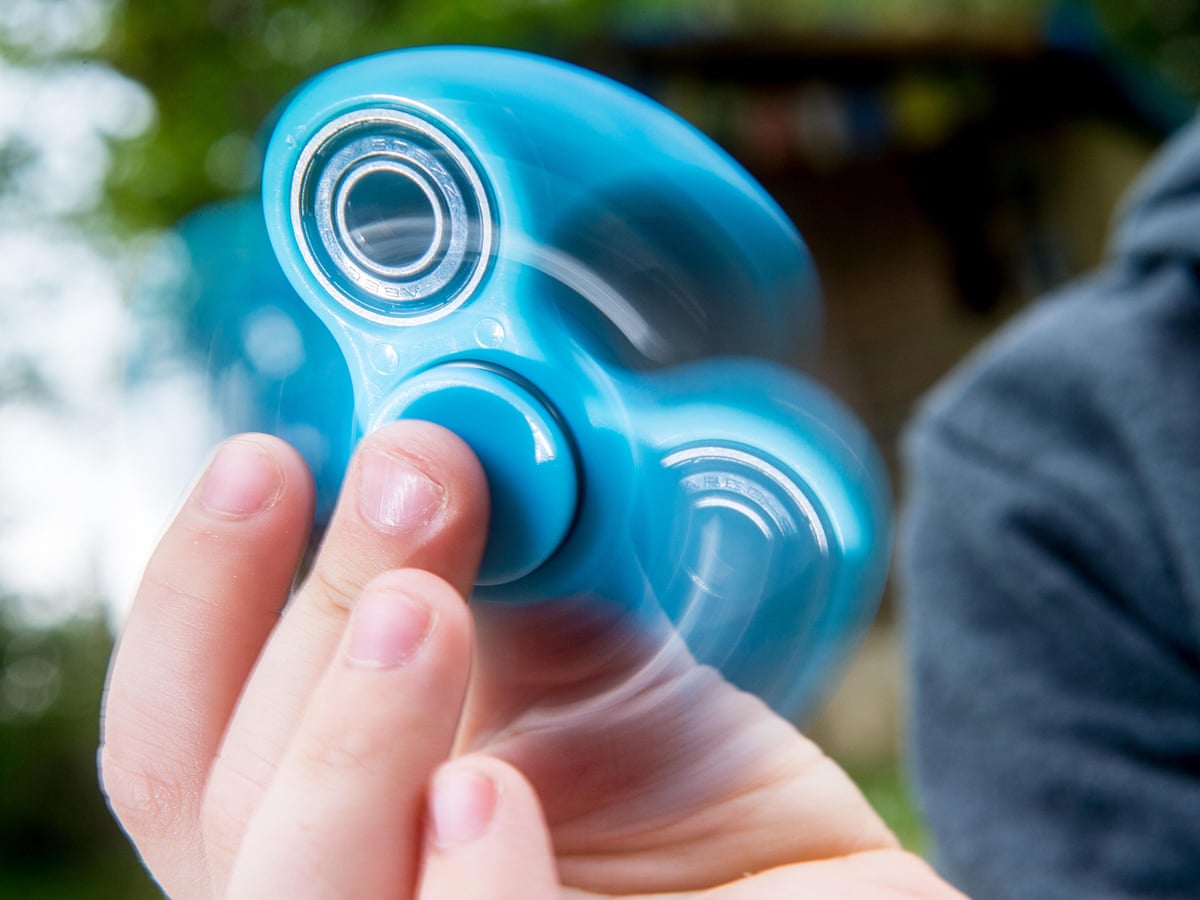
How do objects start and stop moving? How does momentum factor in and what can we do to manipulate movement? Try out your ideas with a fidget spinner!
Learn more: From Engineer to SAHM
52. Catapult to First Prize

For this exciting experiment, you will need to build your own catapult. You can make one easily with some pieces of wood, or a wooden spoon and some paper towel rolls. Then grab some objects and send them flying!
Learn more: Education Possible
53. Balloon Lungs

Not only is this a fun experiment to make, but it also teaches students an important lesson about lung health and safety regarding tobacco and other harmful products.
Learn more: Surviving a Teacher's Salary
54. What Do Owls Eat?
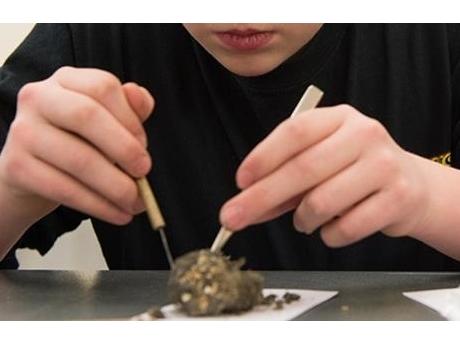
Are you curious about animals, their diet, and their digestion? Owls are particularly unique in how they swallow and digest their food. Find some owl pellets and get searching!
Learn more: Gift of Curiosity
55. Potato Battery
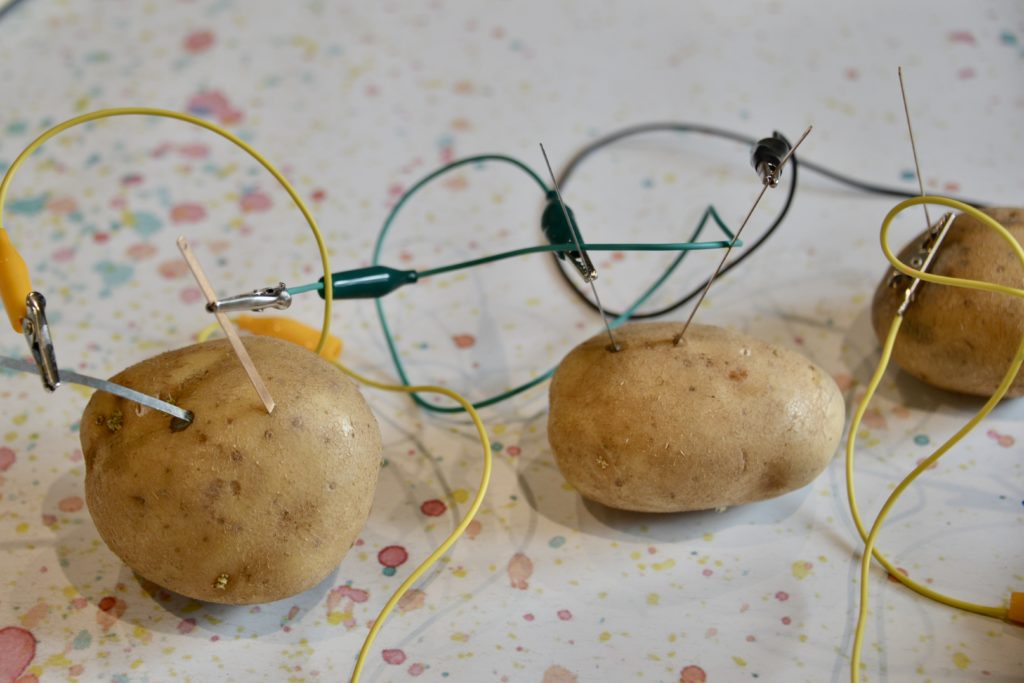
This old classic is always a fun experiment to try at any science fair. It doesn't just work with potatoes but any fruit or vegetable high in potassium, so get creative and make some energy!
Learn more: Kidz World
Frequently Asked Questions
What are some good science fair projects for 6th graders?
School science fair projects are only ideal when it shows the investigation in concepts and theories using scientific methods. Here are 30 of the best science projects and experiments for your 6th grade students to do so.
How do you do the science fair project?
Science Fair Planning Guide for Success:
- Observe and pick an exciting topic
- Do background researches
- Hypothesis: Ask testable questions
- Design and carry out your experiments
- Examine the outcomes/data
- Document your research as a report
- Communicate your fabulous project
- Enjoy the process!
Source: https://www.teachingexpertise.com/classroom-ideas/6th-grade-science-fair-projects/